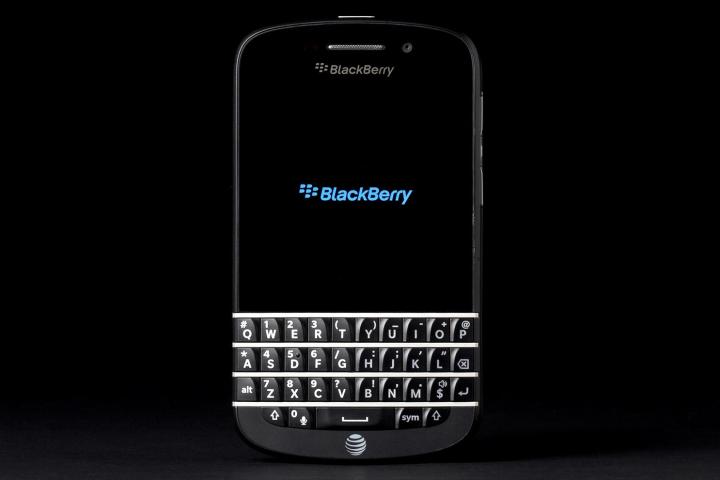
BlackBerry has announced a partnership with Foxconn, the Shentzen-based electronics manufacturer, with whom it will build a new smartphone ready for launch early next year. Traditionally, BlackBerry has developed and manufactured its own hardware, but following a difficult year and a new set of disastrous figures, it’s keen to find ways of becoming cutting costs.
However, before we get too excited about a new and potentially quite different piece of BlackBerry hardware, the phone is only scheduled to go on sale in Indonesia, with other, “fast growing” markets to follow. Why Indonesia? Because BlackBerry is still popular in the country. In July, it was estimated 15 million BlackBerry owners lived there, representing nearly 20 percent of the firm’s user base. Its market share is still falling though, down to 21 percent from 39 percent in 2012.
BlackBerry has signed up with Foxconn for five-years, offsetting everything from development to inventory management, which is says will help the firm, “Establish a more efficient business model for the Devices division.” Interim CEO John Chen is quoted as saying this demonstrates, “BlackBerry’s commitment to the device market for the long-term,” and how it’ll allow the company to focus on, “Iconic design, world class security, software development and enterprise mobility management.”
The news is perhaps the only bright spot in an otherwise depressing third quarter financial report from BlackBerry, where it posted a $4.4 billion loss. A total of 4.3 million BlackBerry phones were sold during those three months, of which 3.2 million had BlackBerry 7 installed, showing again that BlackBerry 10 hasn’t captured the public’s imagination.
That said, BlackBerry’s Foxconn-developed phone will use BlackBerry 10, and is slated to be released in March or April next year. The device is already at prototype stage, as Chen has said he’s held one running BB10 in his hand. Whether the new phone will be a radical departure for BlackBerry, or another Q10-style QWERTY phone, remains to be seen.
Editors' Recommendations
- BlackBerry trailer depicts the rise and fall of the iconic phone
- BlackBerry is better off dead
- A new BlackBerry with a keyboard is still on the schedule for 2022
- BlackBerry rises from the grave: New 5G phone with a keyboard coming in 2021
- TCL won’t make BlackBerry phones anymore, sending the brand back into limbo


